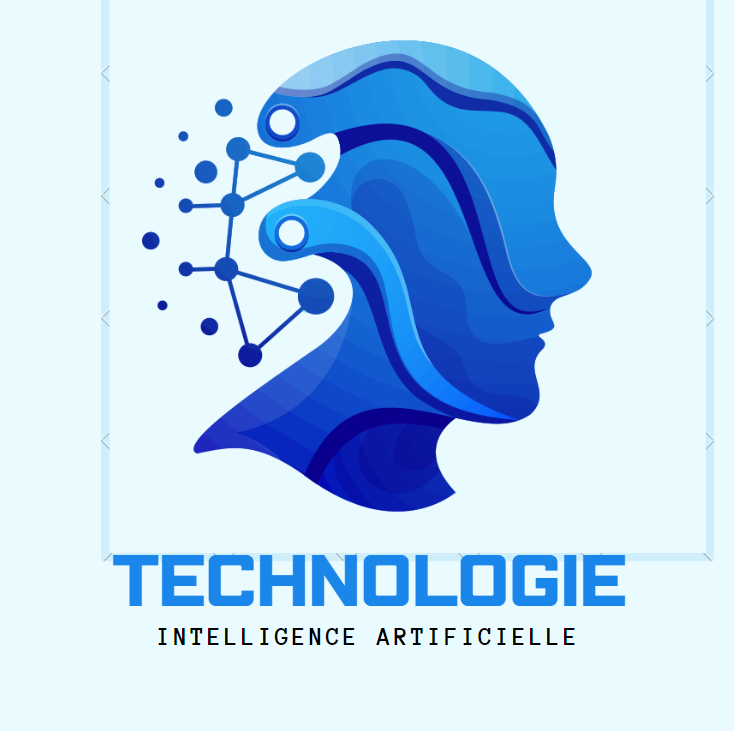Introduction
In an era dominated by data-driven decisions and real-time processing, traditional centralized cloud computing is often insufficient to meet the demands of modern applications. Enter edge computing, a paradigm shift that is poised to revolutionize the digital world by bringing computational power closer to the source of data generation.
 |
| Edge Computing_Revolutionizing the Digital World |
This introductory guide explores the fundamentals of edge computing, its benefits, challenges, and impact on various industries.
What Exactly Is Edge Computing?
Edge computing is a game-changer in the way data is handled, processed, and delivered. In simple terms, it brings computation and data storage closer to the devices where it’s being gathered, rather than relying on a central location that could be thousands of miles away.
Think about it like this: instead of sending data to a far-off server farm, it processes it on the spot. This proximity reduces latency and bandwidth use, making everything faster and more efficient.
Why Edge Computing Matters: Key Benefits
So, what’s all the fuss about? Here’s why edge computing is making waves:
- Speed: With data processed locally, response times are blazing fast. This is crucial for applications where milliseconds matter, like self-driving cars and real-time gaming.
- Reliability: By decentralizing data processing, systems become more robust. If one node goes down, the rest can keep chugging along without a hitch.
- Security: Keeping sensitive data close to its source can boost security. Less data traveling means fewer chances for interception.
- Scalability: Edge computing allows for more scalable solutions. Businesses can add more devices without the need to upgrade a central system.
- Bandwidth: Reducing the amount of data sent over networks saves bandwidth and reduces costs. This is a big win for applications dealing with large volumes of data.
Edge Computing vs Cloud Computing
While both edge computing and cloud computing have their place in the modern tech ecosystem, they serve different purposes. Here’s how they stack up:
- Location: Cloud computing relies on data centers, often located far from the end-user. Edge computing processes data near the source.
- Latency: Cloud computing can suffer from latency issues due to the distance data must travel. Edge computing minimizes latency by processing data locally.
- Bandwidth: Cloud solutions can consume massive amounts of bandwidth. Edge computing reduces this load by handling more data locally.
- Use Cases: Cloud computing excels in scenarios needing heavy data analysis and storage, like big data and machine learning. Edge computing shines in situations needing real-time processing, like IoT devices and autonomous systems.
Real-World Applications of Edge Computing
Edge computing is used in a variety of real-world applications to enhance efficiency, speed, and reliability by processing data closer to its source. Some prominent applications include:
- Autonomous Vehicles: Edge computing enables real-time data processing for navigation, obstacle detection, and decision-making, which is crucial for the safety and performance of autonomous vehicles.
- Smart Cities: Edge computing supports infrastructure like traffic management systems, environmental monitoring, and public safety services by processing data from IoT sensors locally, reducing latency and bandwidth usage.
- Healthcare: Wearable devices and remote monitoring systems use edge computing to analyze patient data in real-time, allowing for immediate responses to health issues and reducing the load on central servers.
- Industrial IoT (IIoT): Manufacturing plants use edge computing for predictive maintenance, real-time monitoring, and control of machinery. This helps in reducing downtime and increasing operational efficiency.
- Retail: Retailers employ edge computing for personalized shopping experiences, inventory management, and checkout processes. For example, smart shelves and IoT sensors can track inventory in real-time, and AI-powered cameras can enhance security and customer service.
- Content Delivery: Content delivery networks (CDNs) use edge computing to cache content closer to users, improving load times and reducing latency for streaming services, online gaming, and other content-heavy applications.
- Telecommunications: Edge computing supports 5G networks by enabling low-latency applications like augmented reality (AR), virtual reality (VR), and real-time gaming, ensuring better service quality and user experience.
- Agriculture: Farmers use edge computing for precision agriculture, where data from sensors and drones is processed locally to monitor crop health, soil conditions, and weather patterns, optimizing resource use and improving yields.
- Energy Management: Smart grids and energy management systems use edge computing to balance loads, monitor usage, and integrate renewable energy sources efficiently, leading to more reliable and sustainable power distribution.
- Security and Surveillance: Edge computing enhances video surveillance systems by enabling real-time video analysis and anomaly detection on-site, which improves security measures and reduces the need for constant human monitoring.
These applications demonstrate the versatility and importance of edge computing in modern technological ecosystems, providing improved performance, security, and scalability across various industries.
Conclusion
edge computing is transforming the landscape of data management and processing by bringing computation closer to the data source. This approach enhances performance, efficiency, and security, making it an essential component of the future of IT infrastructure. As technology continues to evolve, the integration of edge computing with advancements like 5G, AI, and IoT will further expand its capabilities and applications across various industries.
